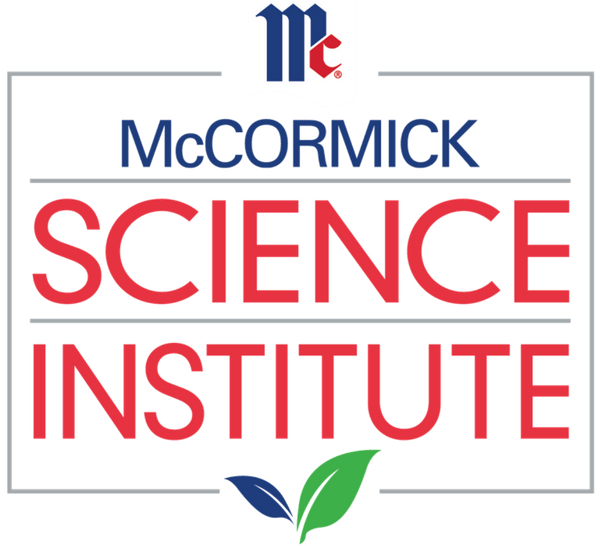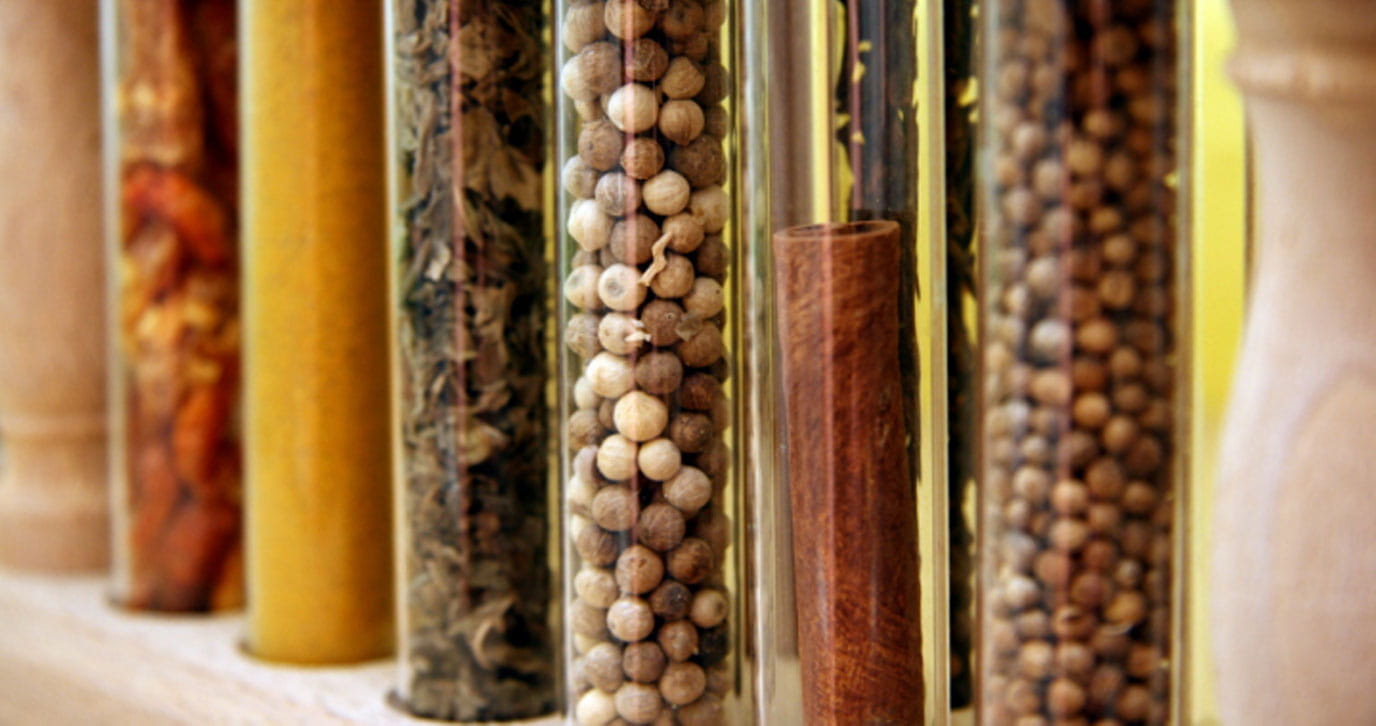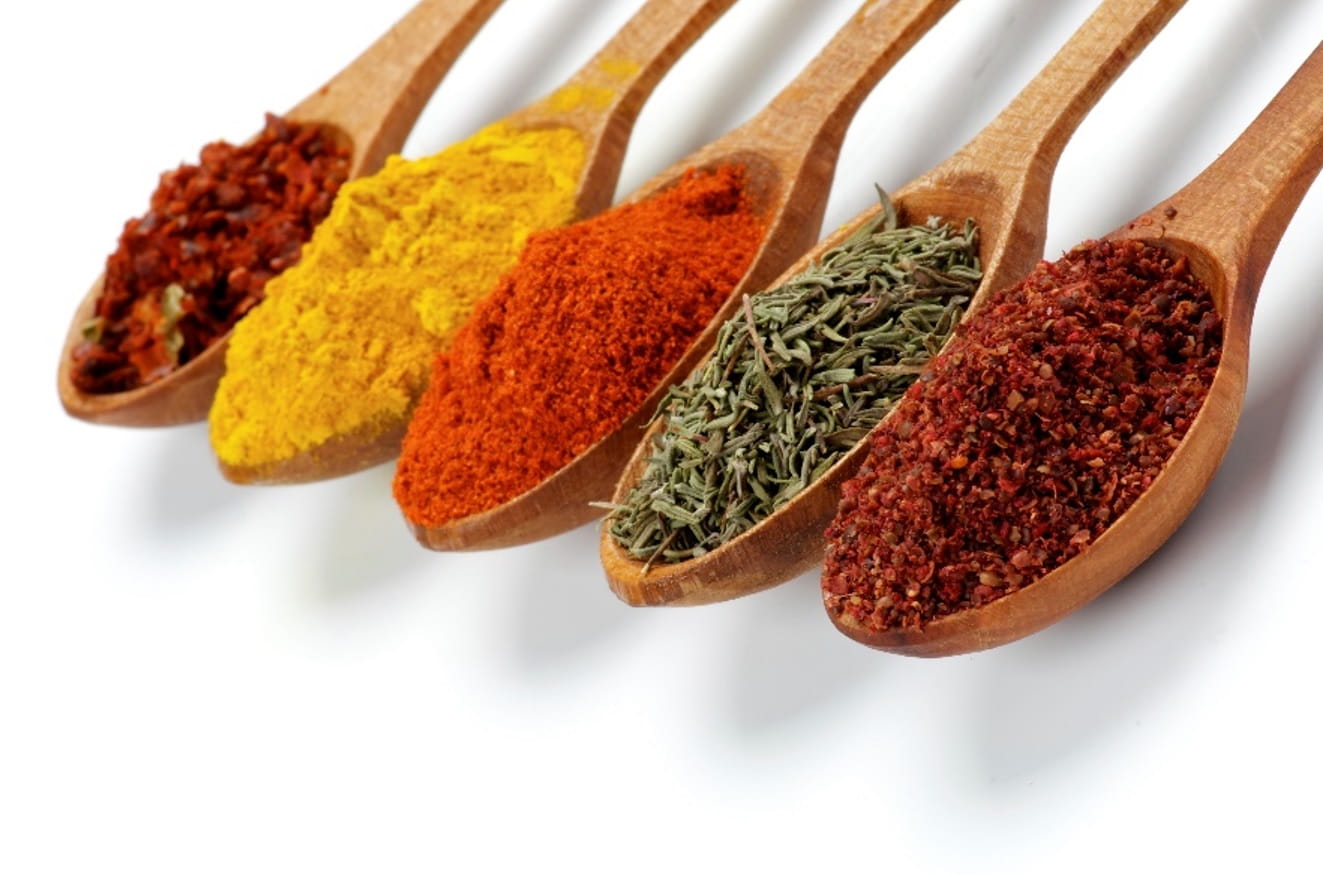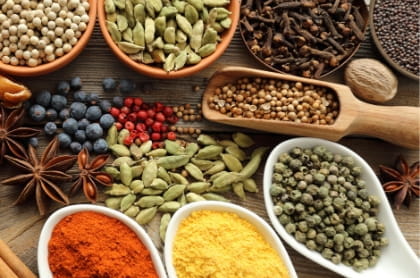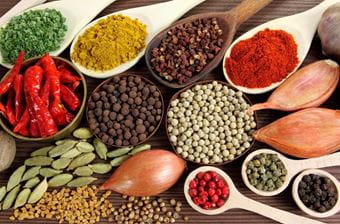November, 2024
Nutrition Education in Primary Care: Comparing Video vs Handout Interventions
Researchers at the Pennsylvania State University compared the effectiveness of instructional videos with print handouts when educating family medicine patients about the use of herbs and spices to reduce sodium, saturated fat, and added sugars during meal preparation.

